5. The Vampire Lovers (1970)
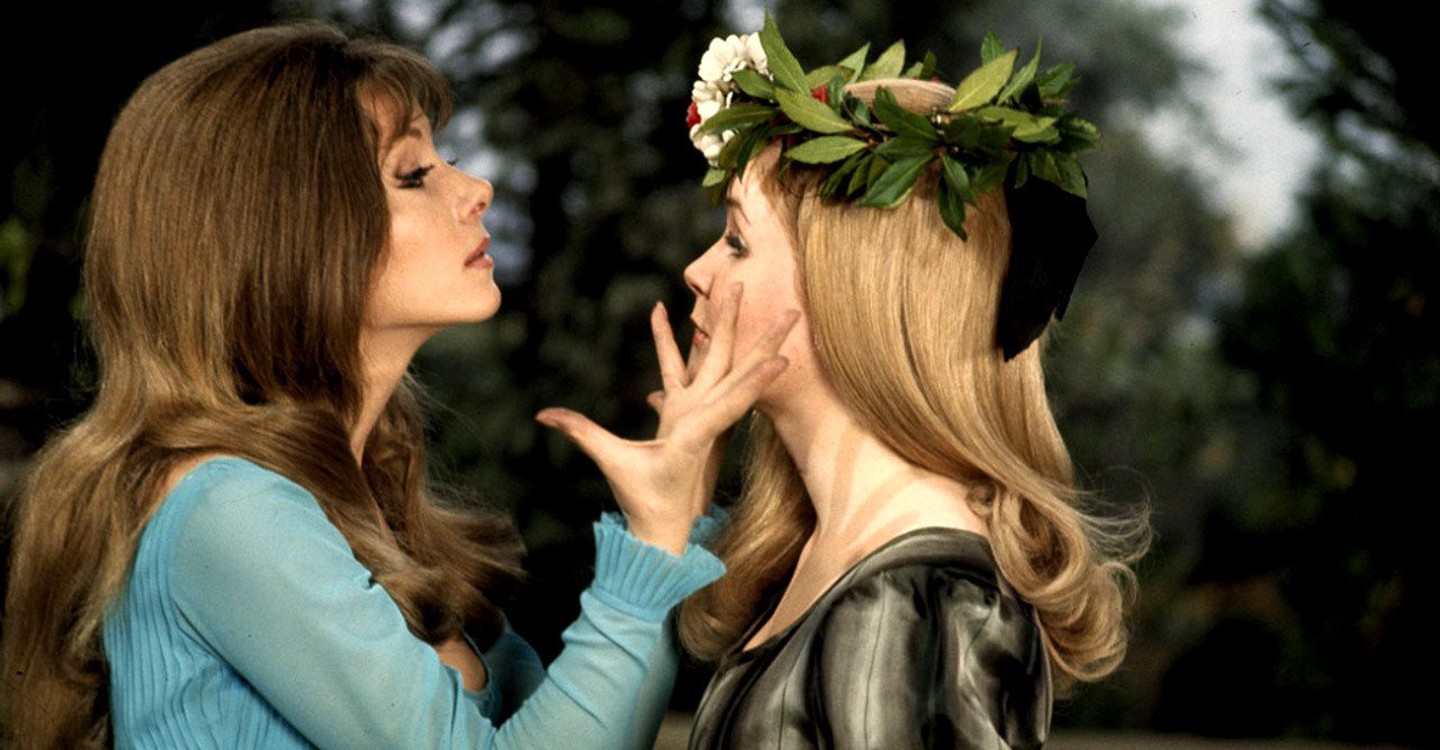
General von Spielsdorf (Peter Cushing) butts heads and attempts to behead Mircalla Karnstein (Ingrid Pitt) in Hammer’s transgressive and highly eroticized lesbian-themed thriller based on Sheridan Le Fanu’s 1872 novella “Carmilla”.
The first installment of Hammer Films loosely-connected vampire-fuelled Karnstein Trilogy, it was quickly followed by the even more explicit Lust for a Vampire (1971) and Twins of Evil (1972), cresting the wave of the then vogue lesbian vampire craze (you’ll find other classics of this sub-genre from luminaries like Jesús Franco and Harry Kümel further on down this list).
While it’s more than fair to say that The Vampire Lovers is by no means the pinnacle of Hammer horror, it does utilize their “bloodshed and bosoms” custom with efficacy, making it an enduring and undying cult favorite.
4. Vampyros Lesbos (1971)
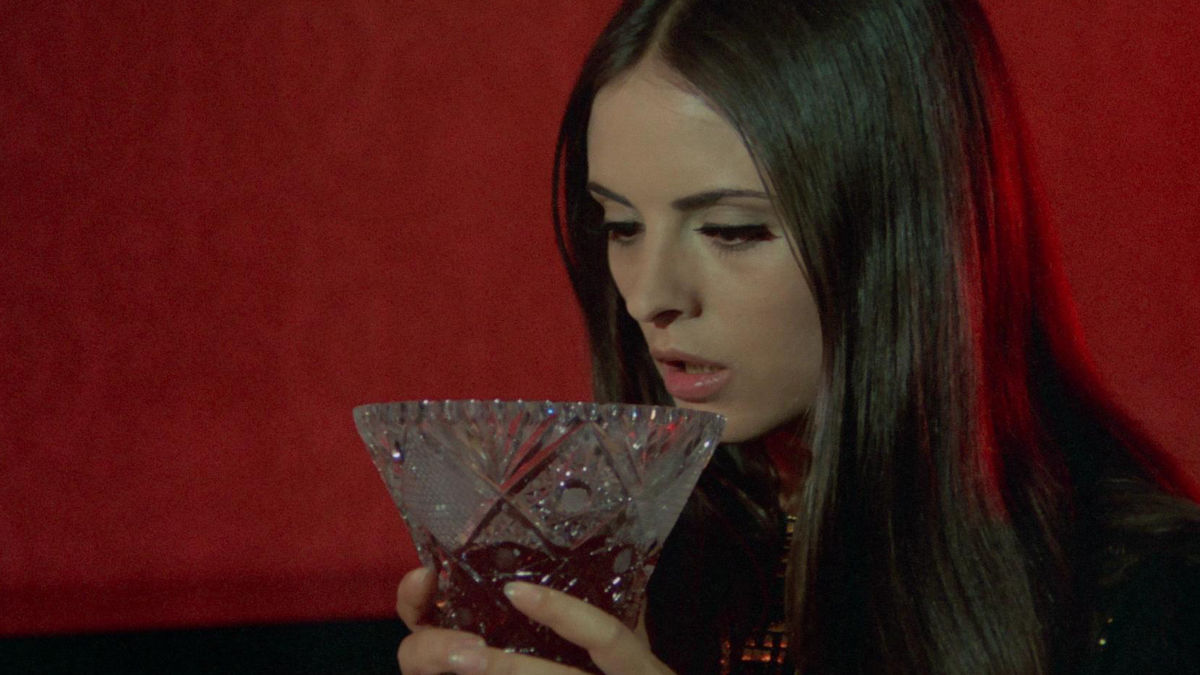
The highpoint in Jesús “Jess” Franco’s prolific career, there’s something like 200 films to his name, Vampyros Lesbos details the desirable and libidinous Countess Nadine Carody (Soledad Miranda). When the pretty young lass, Linda Westinghouse (Swedish starlet Ewa Strömberg) is sent to settle the Countess’s estate on a remote island, well, things get rather steamy.
The film’s extensive love scenes avoid tedium due to the lovely lensing from Manuel Merino, the sumptuous giallo-like production design, and the thrumming psychedelic score from Siegfried Schwab, Manfred Hübler and Franco himself. The exotic locales (sequences in Istanbul absolutely pop), surreal arthouse imagery, lovely lead actresses, sexual pathology and constant titillation combined with the reworking of the well-established Dracula mythos make this movie something of a vintage exploitation standard. Eurotrash entertainment never felt and never looked this good before or since, make no mistake.
3. Cronos (1993)
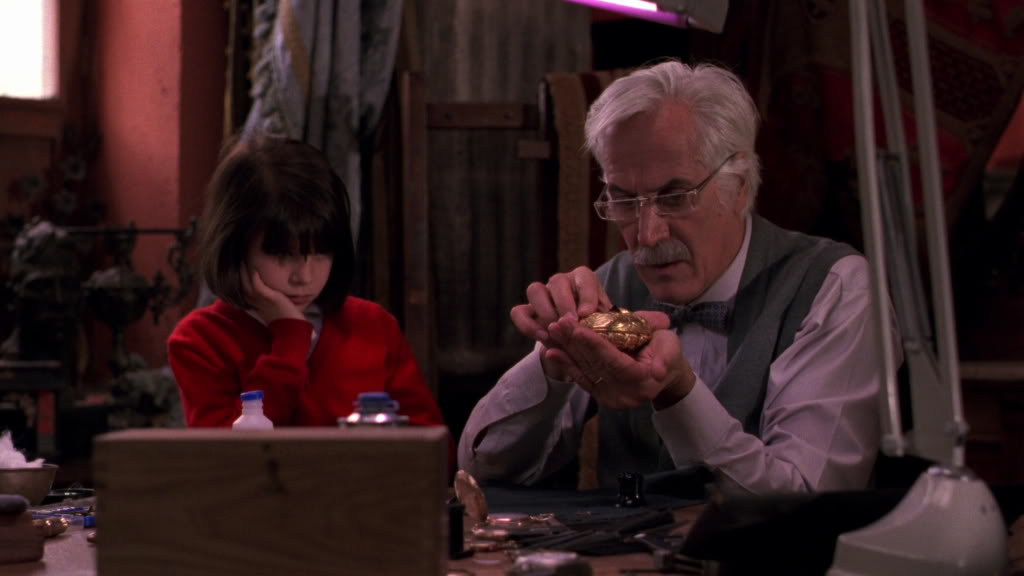
As moodily atmospheric and romantically gothic as his finest work, the feature film debut from Mexican fabulist Guillermo del Toro, Cronos is an elegant chiller. Formerly a make-up designer with a handful of creative short films to his name, del Toro’s Cronos is a confident first flight and one that details his atypically feverish concoctions, suffused with religious imagery and overrun with supernatural tremblings.
Remixing traditional vampire mythology to his own idiosyncratic ends, Cronos presents us with a strange scarab device of mysterious origins that contains an insectoid creature that will greedily bore into the flesh of its bearer, bequeathing immortality.
Del Toro’s most celebrated and lauded phantasmagorical entertainments like the Devil’s Backbone (2001), Pan’s Labyrinth (2006), and the Shape of Water (2017) are so successful largely because they satisfy genre-loving horror-fantasy purists and mainstream moviegoers alike, and Cronos is no exception. As a vampiric dramaturgy it is a very imaginative deviation, and a must-see for admirers and the very brave.
2. Da Sweet Blood of Jesus (2014)
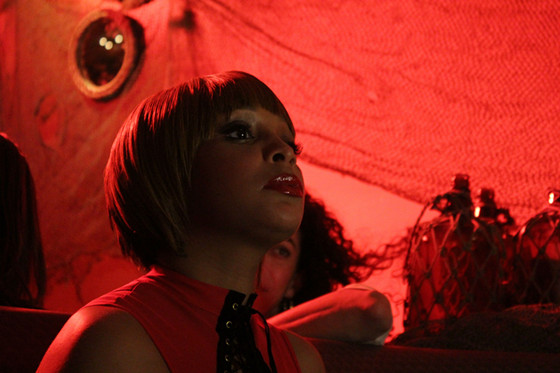
As is so often the case with films destined for cult adoration, they are often meant with a degree of ridicule and scorn upon first release, and this transgressive Spike Lee joint, Da Sweet Blood of Jesus, a rare genre detour from the celebrated director, is no exception. It could be that when this blood-flecked horror film dropped in 2014 that fans were still rolling their eyes in annoyance and unease with his previous film from the year before, also a remake, the misguided flop Oldboy (2013), that did Park Chan-wook’s original a real disservice.
The good news, for those willing to follow Lee down this dark and deceitful rabbithole, is that Da Sweet Blood of Jesus is a fine homage to Bill Gunn’s landmark 1973 blaxploitation horror film Ganja & Hess. It also features a paradoxically strong but icily distant cast (including Zaraah Williams, Stephen Tyrone Williams, and Rami Malek), and a moving but almost accidental, perhaps even anti-climatic turning point during an electric musical performance in a Red Hook church.
Lee’s film is sometimes cold, often detached, and always unerringly stylish, and these are also the attributes of the vampire, are they not? And it could well be that Da Sweet Blood of Jesus’s more dark and horrific elements (sympathetic characters are not spared the lash and acts of sexualized violence are all too unsettling and affected) are precisely what makes it appeal to fright fans and gallant midnight movie goers.
1. Daughters of Darkness (1971)
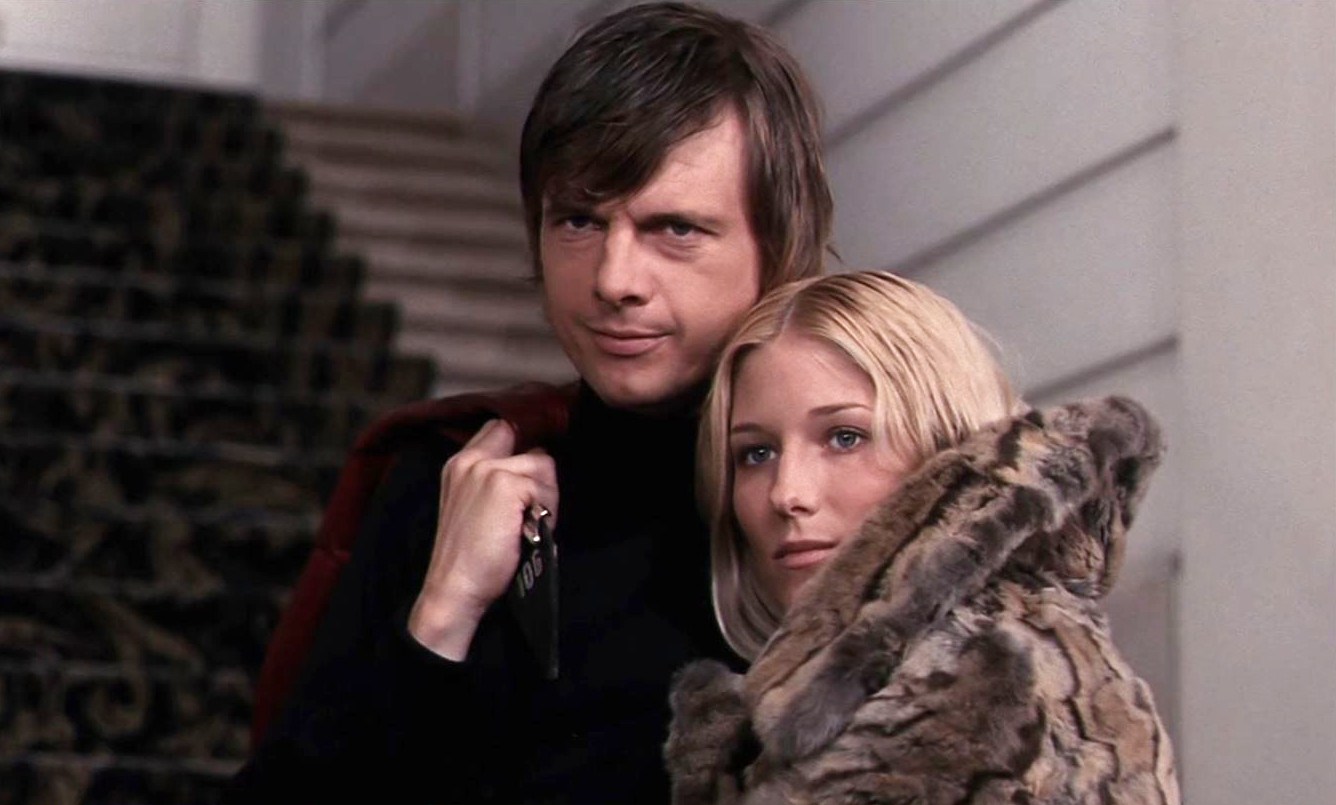
A sensual and steamy cult classic, this Belgian horror film from Harry Kümel stars a smouldering Delphine Seyrig (Last Year at Marienbad) as the infamous Hungarian countess, Elizabeth Báthory in what may well be the quintessential lesbian vampire film.
Film critic Geoffrey O’Brien summed it up best when he detailed Daughters of Darkness as “…a deeply unpleasant evocation of a war of nerves between Seyrig’s vampire and the bourgeois newlyweds into whose honeymoon she insinuates herself. Jaded age preys cunningly on narcissistic youth, and seductiveness and cruelty become indistinguishable as Seyrig forces the innocents to become aware of their own capacity for monstrous behavior. If Fassbinder had made a vampire movie it might have looked something like this.”
By turns elegant, evocative, and startlingly surreal, Daughters of Darkness is more than just an outstanding modern Gothic, and with a recent 4K restoration available far and wide, here’s hoping this artful vampire film finds a wealth of new appreciative admirers. Miss this movie at your own peril.
Author Bio: Shane Scott-Travis is a film critic, screenwriter, comic book author/illustrator and cineaste. Currently residing in Vancouver, Canada, Shane can often be found at the cinema, the dog park, or off in a corner someplace, paraphrasing Groucho Marx. Follow Shane on Twitter @ShaneScottravis.